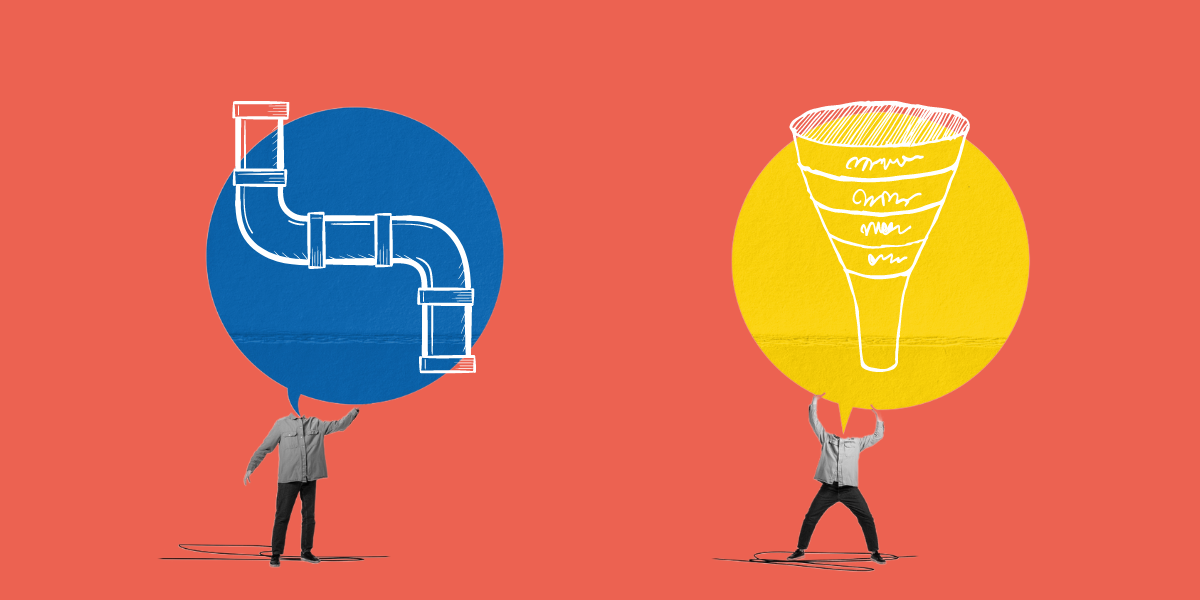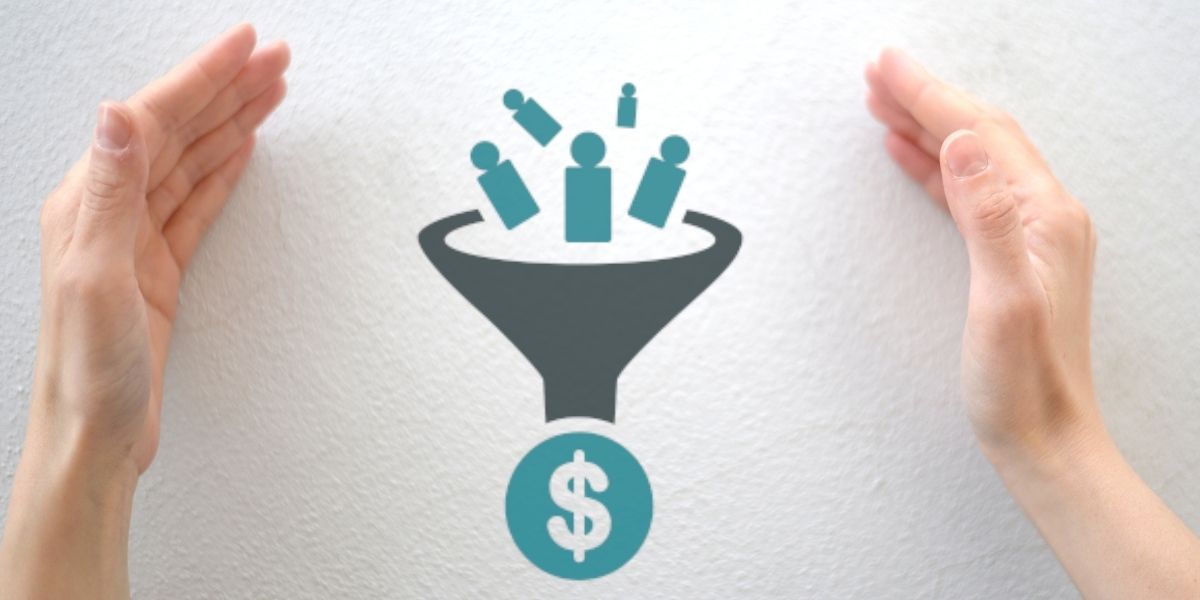Lead funnel optimization is the strategic process of improving every stage of your sales funnel to generate more leads and convert them into paying customers effectively. This involves analyzing and refining how potential customers move through your funnel, from the moment they discover your brand to the final conversion. A well-optimized lead funnel ensures that each stage—awareness, interest, consideration, and decision—is working cohesively to guide leads toward a purchase. Marketers focus on minimizing friction, aligning messaging, and implementing data-driven improvements to maximize ROI. The main goal is not only to increase lead volume but also to enhance lead quality and lifetime value. Without lead funnel optimization, businesses risk losing potential customers due to unclear messaging, poor user experiences, or ineffective nurturing strategies.
Why Lead Funnel Optimization Matters
Lead funnel optimization matters because it directly influences your business’s ability to convert traffic into revenue. Even a high volume of website visitors or ad clicks means little if those interactions don’t result in qualified leads or sales. By optimizing the lead funnel, you reduce drop-offs at critical stages, engage potential customers more effectively, and build a predictable path for nurturing and converting leads. This helps lower your cost per acquisition (CPA) and improves return on marketing spend. Additionally, optimization allows you to make informed decisions based on user behavior, funnel analytics, and conversion data. As competition increases and consumer attention spans shrink, businesses that invest in fine-tuning their funnels are far more likely to stay ahead and scale sustainably. Lead funnel optimization ensures your sales pipeline is always primed for consistent and measurable growth.
Mapping the Lead Funnel Stages
To successfully execute lead funnel optimization, you first need to understand the stages of the funnel and how they relate to your buyers’ journey. The typical funnel is divided into three main parts: the top of the funnel (TOFU), middle of the funnel (MOFU), and bottom of the funnel (BOFU). At the TOFU stage, the focus is on awareness—bringing potential customers to your brand through channels like SEO, content marketing, and social media. MOFU is where interest and evaluation happen, and your goal is to build trust and provide solutions to problems through lead magnets, webinars, or email nurturing. Finally, the BOFU stage is all about decision-making, where prospects are close to purchasing and need strong CTAs, testimonials, offers, or demos to convert. Lead funnel optimization involves ensuring that each of these stages is properly aligned with the customer’s intent and behavior.
Optimizing the Top of the Funnel
The top of the funnel is where initial engagement happens, and effective lead funnel optimization starts here by attracting the right audience. This stage should be focused on generating awareness and sparking interest without pushing too aggressively for a sale. To optimize this phase, marketers should leverage SEO-optimized blog posts, engaging social media content, targeted ads, and influencer collaborations to pull users into the funnel. It’s important to use clear messaging that speaks to your target audience’s pain points and interests. Providing educational content or free tools can also build brand credibility early. Data tracking at this stage is essential to understand what sources bring the highest-quality leads. Without refining this entry point, the rest of the funnel may be filled with unqualified leads, ultimately lowering conversion rates and wasting resources on nurturing contacts that won’t convert.
Strengthening the Middle of the Funnel
Once leads are aware of your brand, the middle of the funnel is where you nurture them, educate them, and build trust. Lead funnel optimization at this stage involves using marketing automation tools, personalized email campaigns, valuable content like case studies or eBooks, and engaging follow-ups to keep leads moving forward. Segmentation is critical here—grouping leads by behavior, interests, or demographics ensures your messaging remains relevant and timely. Using webinars, comparison guides, and interactive quizzes can also help leads self-qualify and understand your value proposition. The middle of the funnel should act like a bridge that helps potential customers evaluate your offer without overwhelming them. Proper optimization at this level can significantly reduce the sales cycle by addressing objections early and preparing leads for the decision stage more efficiently.
Converting at the Bottom of the Funnel

The bottom of the funnel is the most crucial stage for revenue generation, and lead funnel optimization here focuses on removing any remaining friction that might prevent conversion. At this point, leads are aware of their problem and are considering your solution, so it’s vital to present a strong, clear, and persuasive call to action. Use customer testimonials, social proof, live demos, limited-time offers, or free trials to instill confidence and urgency. Sales and marketing alignment is especially important here, as leads often transition from marketing teams to sales reps. Ensuring both teams have access to CRM data, lead scoring, and conversation history can help close deals faster. A well-optimized bottom-of-the-funnel experience minimizes cart abandonment, increases close rates, and ensures that your efforts throughout the funnel deliver real business outcomes.
Using Data for Lead Funnel Optimization
Data is the cornerstone of successful lead funnel optimization, as it allows you to identify drop-off points, user behavior trends, and conversion bottlenecks. Tools like Google Analytics, heatmaps, CRM systems, and funnel tracking dashboards can provide insights into how users interact with each stage. By measuring metrics like bounce rates, time on page, click-through rates, and form completions, you can determine where improvements are needed. A/B testing landing pages, headlines, CTAs, and email subject lines can also uncover what resonates best with your audience. Lead scoring models help prioritize high-value leads and ensure your sales team focuses on those with the highest conversion potential. When you leverage data intelligently, your optimization becomes proactive rather than reactive, ensuring your lead funnel consistently evolves based on real-time performance insights.
Improving Lead Capture Mechanisms
One of the most tactical areas for lead funnel optimization is improving how you capture lead information at each stage. This includes optimizing forms, CTAs, pop-ups, and gated content to encourage more users to provide their contact details without feeling forced. Keep forms short and focused, asking only for essential information upfront to reduce friction. Use progressive profiling techniques over time to collect more details as the lead becomes more engaged. Make CTAs clear, action-oriented, and contextually relevant to the page content. Offering lead magnets like free downloads, discount codes, or exclusive access can dramatically increase form completion rates. Mobile responsiveness and fast load times are also key to ensuring your forms are accessible and user-friendly. When lead capture is seamless and aligned with user intent, it significantly increases the likelihood of building a high-quality pipeline.
Aligning Sales and Marketing for Funnel Success
A major factor in lead funnel optimization is the alignment between sales and marketing teams. These two functions must work closely to ensure that lead definitions, qualification criteria, and nurturing strategies are consistent across the funnel. This collaboration begins with creating a shared understanding of what defines a marketing-qualified lead (MQL) versus a sales-qualified lead (SQL). Sales teams should provide feedback on lead quality, while marketing can use that input to refine targeting and messaging. Implementing a closed-loop reporting system allows both teams to see what happens to leads after initial contact. Regular alignment meetings and shared KPIs foster a collaborative environment where both departments work toward the same business goals. When sales and marketing are aligned, conversion rates improve, sales cycles shorten, and customer acquisition becomes more efficient.
Retargeting and Re-Engagement Tactics
Lead funnel optimization doesn’t end when a lead drops out of the funnel. In fact, re-engaging cold leads through retargeting ads, reactivation emails, and remarketing campaigns is a powerful way to recover lost opportunities. Retargeting works by showing ads to users who visited your site but didn’t convert, keeping your brand top-of-mind and reminding them to return. Email campaigns can be automated to reach out to inactive leads with relevant content, new offers, or personalized follow-ups. Offering time-sensitive deals or highlighting new product features can reignite interest and bring leads back into the funnel. Tracking engagement metrics from these campaigns helps you refine future re-engagement strategies. Persistent, value-driven communication can turn cold leads into warm prospects, contributing to overall lead funnel performance and customer acquisition.
Conclusion
Lead funnel optimization is a vital practice for businesses seeking consistent, scalable growth through better conversion performance. From attracting the right audience at the top to nurturing relationships in the middle and closing sales at the bottom, each stage requires careful attention and strategic refinement. By understanding user behavior, leveraging analytics, improving lead capture methods, and ensuring alignment between marketing and sales, businesses can eliminate bottlenecks and convert more leads into customers. Lead funnel optimization is not a one-time task but a continuous process that adapts to evolving buyer behavior, market conditions, and technology trends. When executed effectively, it transforms your funnel from a passive lead collection system into a powerful revenue engine that drives long-term success.
